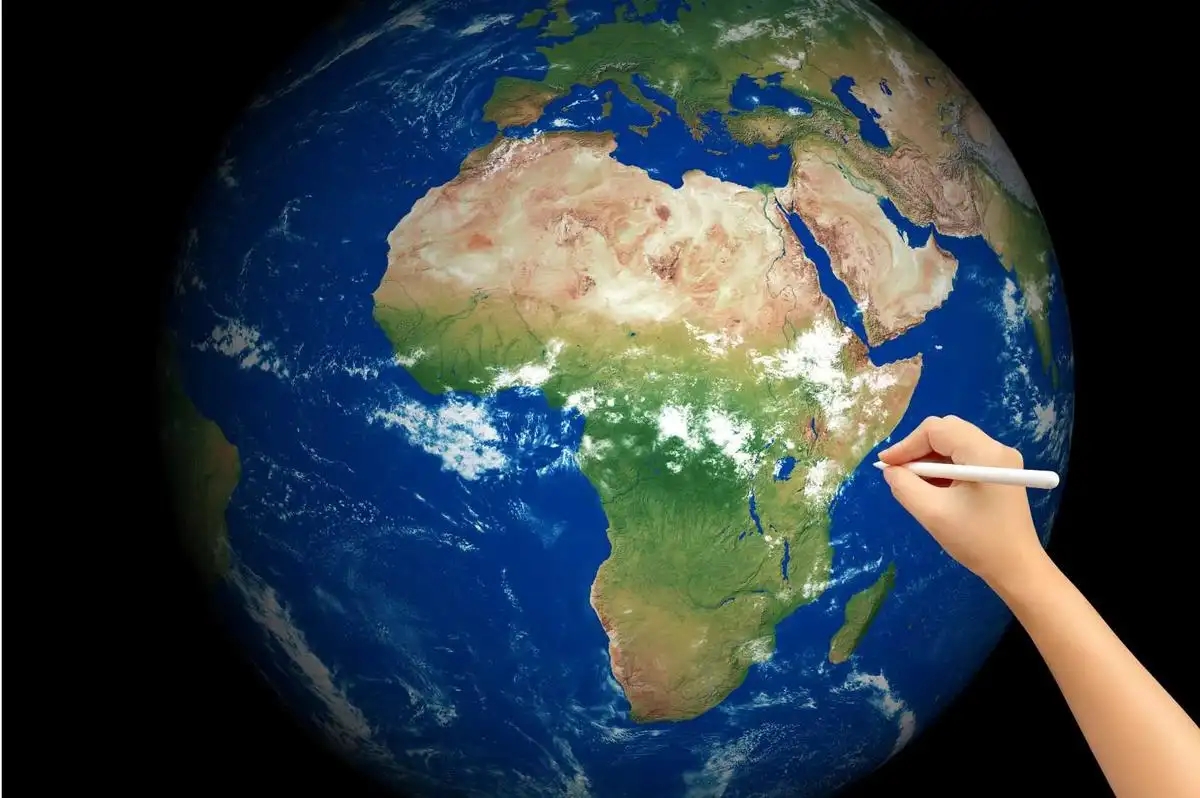Africa Unleashed: Revealing its Real Size and Changing the Map Game!
Ever wondered about Africa's true size? Explore the revelations that are reshaping our global perspective and challenge everything you thought you knew about maps!
- David Parker
- May 13, 2025
- 0 Comments
- 2553 Views
Hey there, internet explorers! Today, we're diving into the captivating realm of cartography on entrefemme.com. Join us as we untangle the misconceptions surrounding Africa's size, often distorted on world maps. Brace yourself for a revealing journey into the often-overlooked reality behind those map lines.
1. Africa's Real Size: A Shocking Perspective
There's no need to prove that Africa is much larger than it appears on traditional maps. Its land area spans 30 million square kilometers, nearly twice that of Russia, covering 17 million square kilometers. A surprising comparison reveals that Africa is almost as vast as America. Yet, it's consistently downplayed on the world maps we regularly consult.
2. Maps: A Political and Social Tool
The creation of world maps is a political process influenced by the motives of those drawing them. For instance, the Arab Sahrawi Republic might be included or omitted based on the author's political interests. Even in classrooms, maps based on the Mercator projection are usually displayed, distorting our perception of continents' sizes.
3. Social and Economic Impacts of Cartographic Distortions
These cartographic distortions deeply influence our social and economic perceptions. For instance, global family planning policies often target Africa, arguing it is overpopulated. Yet, in reality, the continent is vast and offers untapped opportunities for sustainable development.
India, roughly one and a half times larger than the Democratic Republic of Congo (DRC), Africa's second-largest country, hosts the same population as the entire African continent, nearly 1,300,000,000 people. Despite this, the DRC is deemed overpopulated, with 100 million inhabitants. Bangladesh, covering approximately 150,000 square kilometers, is half the size of Cameroon, which has a population of about 25 million, compared to nearly 160 million for Bangladesh. In comparison, France, half the size of Mali, has a population of 60 million versus just over 20 million Malians.

 | Unlock Success with Our Guide
| Unlock Success with Our Guide



0 Comments